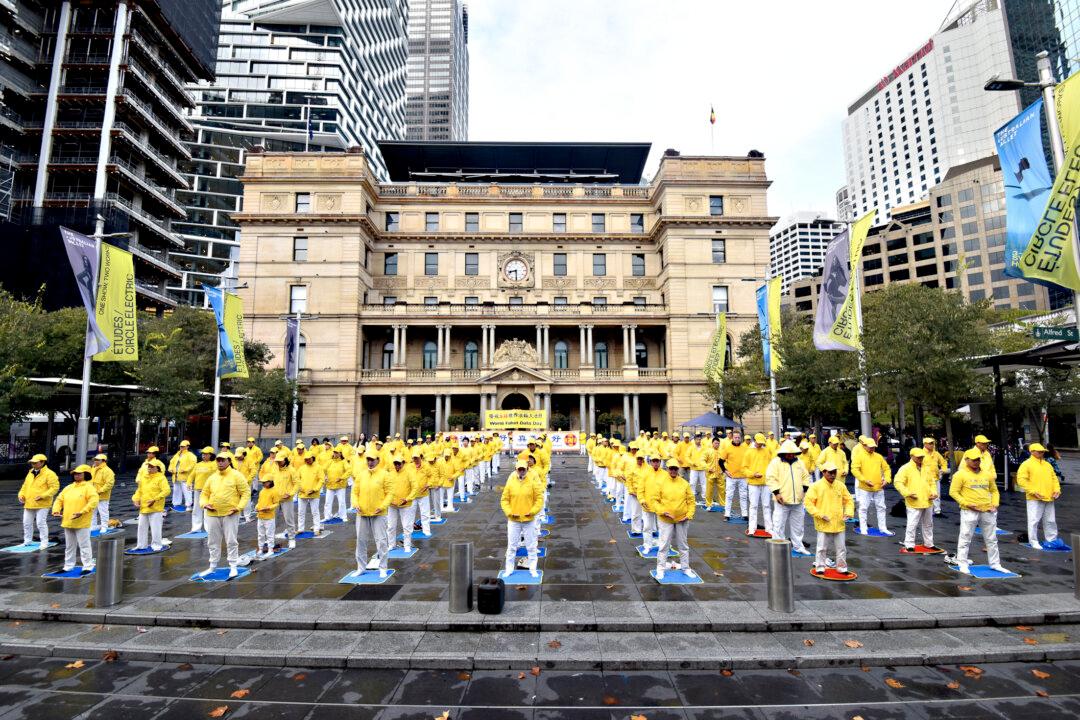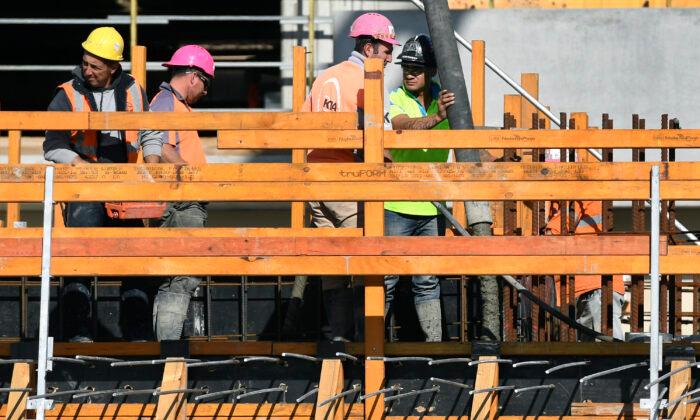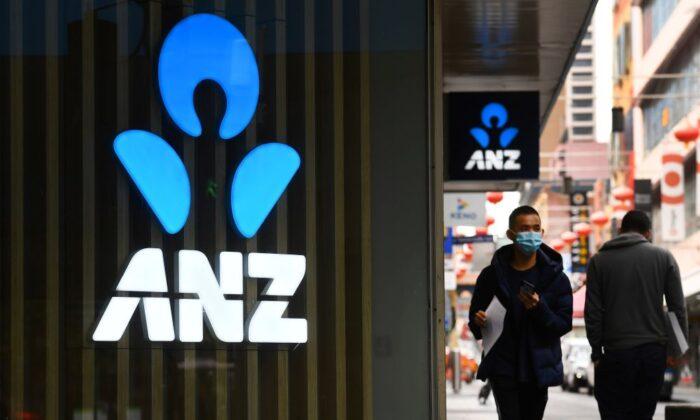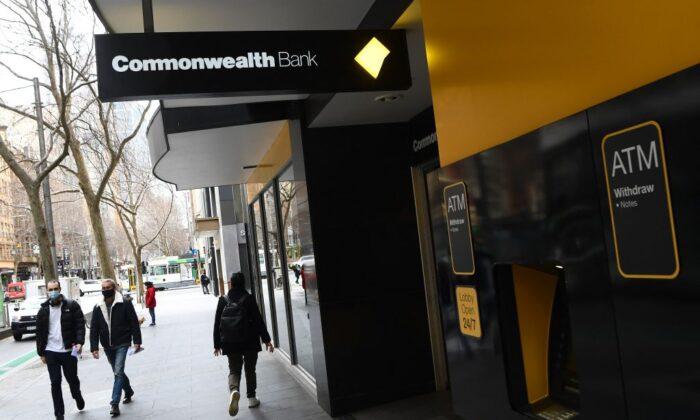Treasurer Josh Frydenberg has indicated the Australian government may bring forward planned income tax cuts to boost the economy in anticipation of the financial impact of Victoria implementing a second CCP virus lockdown. However, he did not indicate when this might occur.
Frydenberg estimated that Victoria’s new 6-week lockdown could cost up to $1 billion a week, acknowledging that this will impede the speed and the trajectory of the economic recovery across the nation.
To mitigate the situation, Frydenberg said that the government is open to bringing forward the next stage of personal income tax cuts to stimulate the economy in the longer term.
The Three-Stage Plan to Cut Income Tax for Australians
Passed into law after the 2019-20 Federal Budget, the Treasury Laws Amendment (Tax Relief So Working Australians Keep More Of Their Money) Bill 2019 allowed the Morrison government to implement a three-stage plan for a reduction in personal income tax.The first stage was implemented in 2019 and provided immediate relief to low and middle-income workers over the 2018-2022 financial period, by increasing the tax offset a person could claim from $530 to $1080.
The second stage of tax reforms was set to roll out on July 1, 2022.
Originally the Morrison government had planned to increase the top threshold for the 32.5 percent tax bracket from $90,000 to $120,000. This would provide a tax cut of up to $1,350 each year to workers earning less than $120,000.
This stage also saw the lower-income threshold rise from $41,000 to $45,000 and provide low-income earners with a tax offset from $645 to $700.
The third stage that was due to be implemented on July 1, 2024, would allow those earning less than $200,000 to have their tax rate reduced from 32.5 percent to 30 percent.
According to the treasurer, this would create “one big tax bracket between $45,000 and $200,000, where people pay a marginal rate of no more than 30 cents in the dollar.”
In the changes, the corporate tax rate for businesses with an annual turnover under $50 million went from 27.5 percent to 26 percent.





